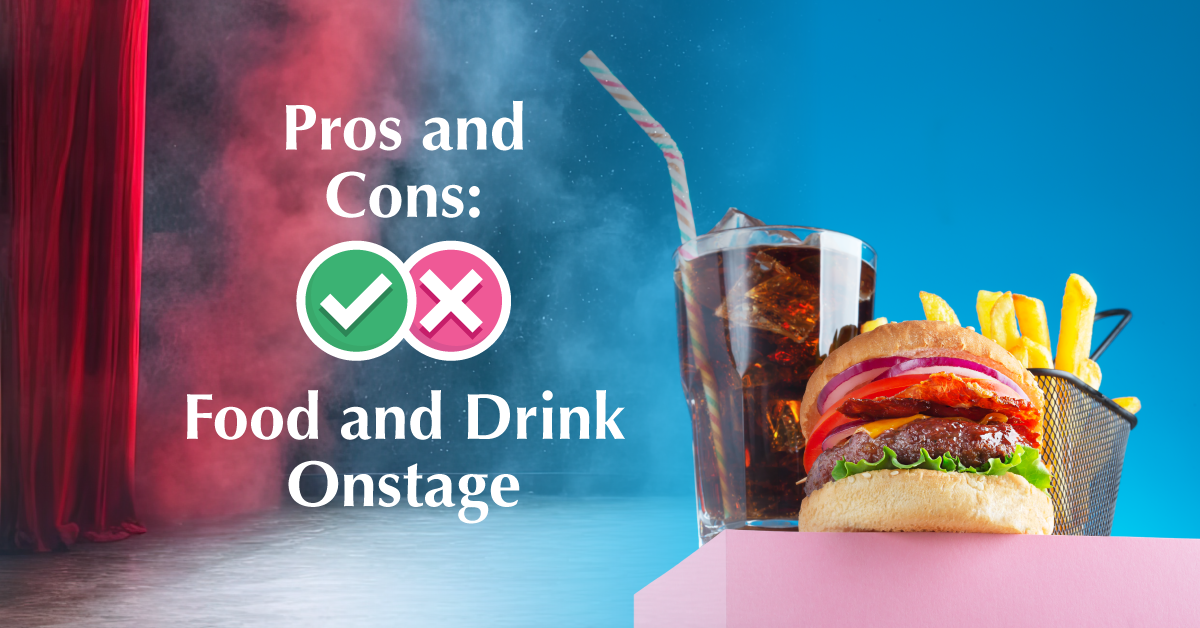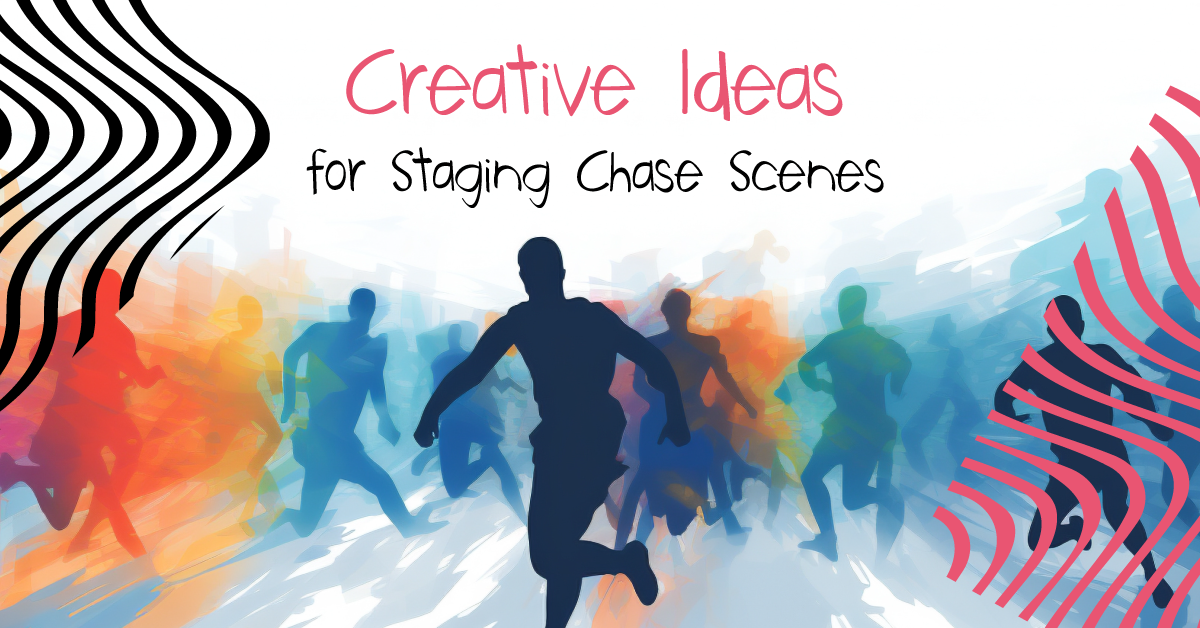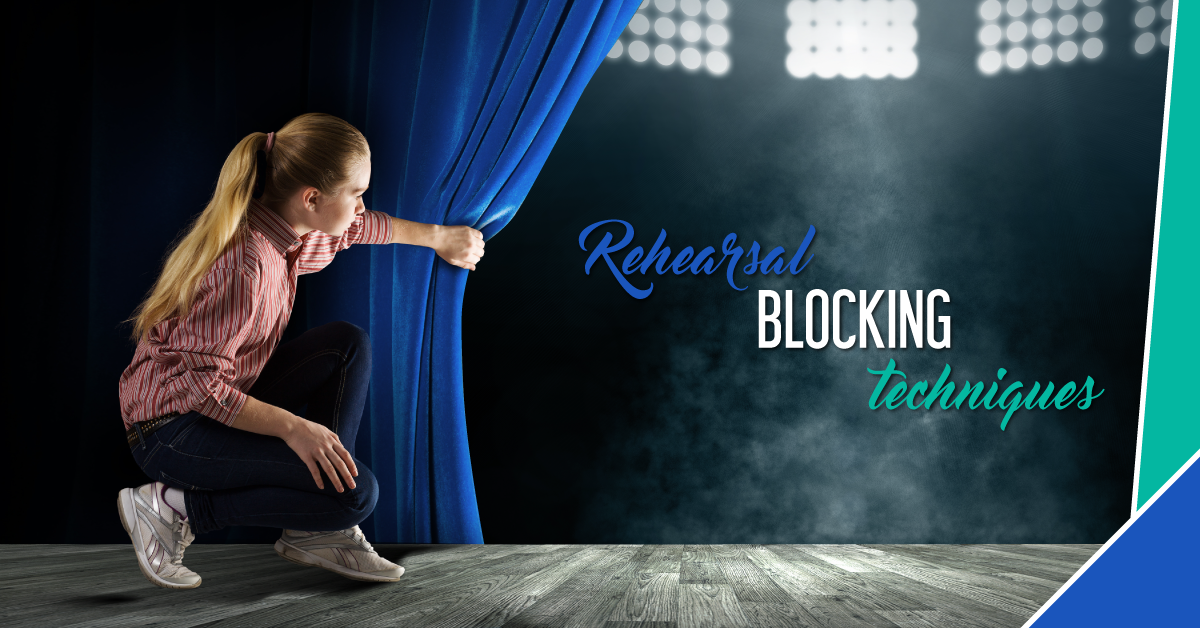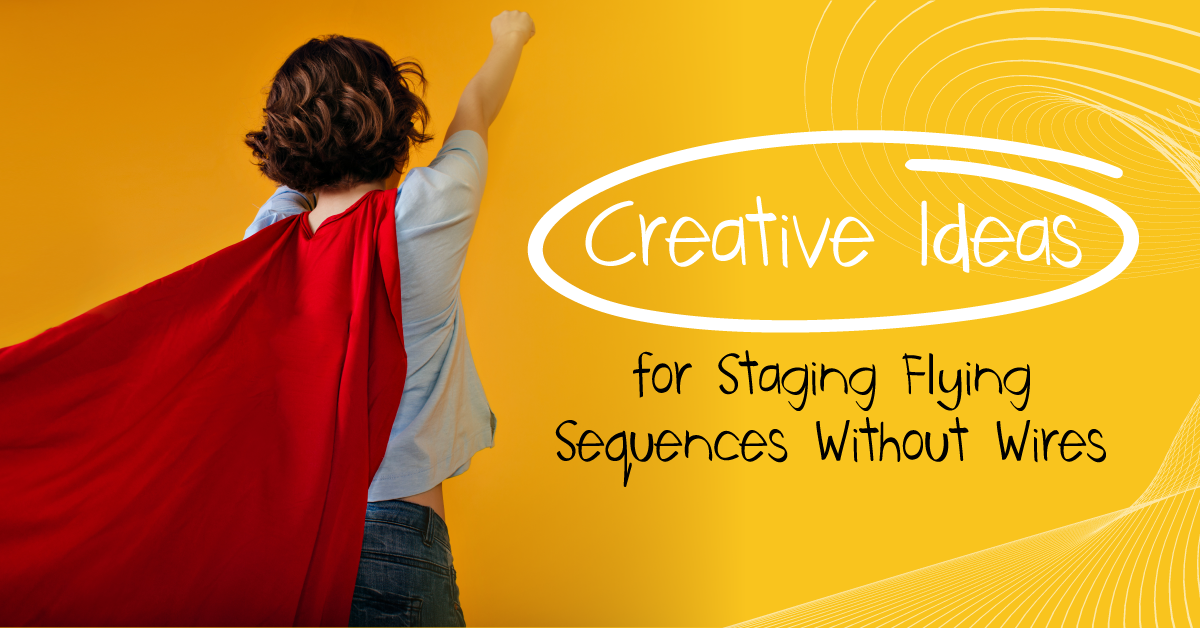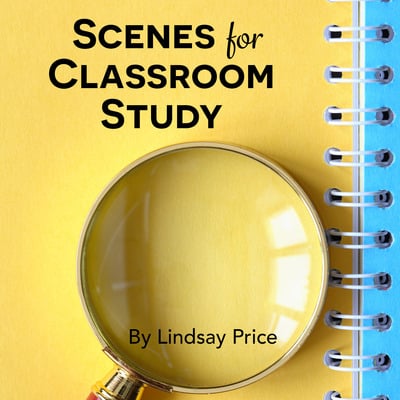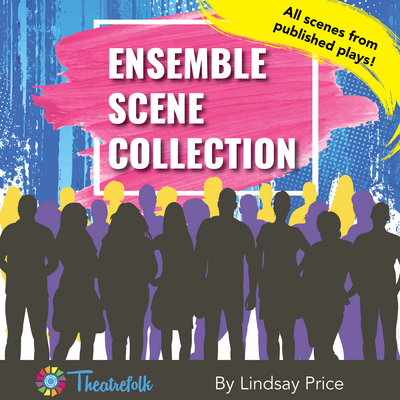Pros and Cons: Food and Drink Onstage
Eating and drinking are necessary for existence on this planet. So much of our life is centred around food: making it together, serving it for a special occasion, trying new dishes, challenges acquiring it, not having enough of it, and more. Food and drinks nourish and sustain us, so it’s only natural that playwrights would create scenes and songs that feature meals, snacks, and beverages. From Mrs. Tottendale doing a spit-take with “ice water” in The Drowsy Chaperone to Bruce Bogtrotter eating Miss Trunchbull’s chocolate cake in Matilda, food and drink scenes abound in plays and musicals.
When it comes to staging scenes with food and beverages, the question is whether you will use real, fake, or “invisible” (mimed) food and drink onstage. Start by reading the text and determining what the purpose of the food or drink is. Are actors actually consuming the food, or is it used as set décor or props? Does the food or drink need to be used somehow? For example, is someone carving a turkey for Thanksgiving or Christmas dinner, pouring drinks for a toast, or starting a food fight? (Don’t forget the famous “pie in the face” gag that is found in tons of shows, including Singin’ in the Rain and Disney’s High School Musical.) Get super clear about what sort of food or drink is needed and the precise purpose of it.
Then, consider the following:
- The clearest pro to using real food onstage is, well, realism. Everyone knows how to eat food and drink a beverage. It looks real to the audience, feels real to the actors, and leaves no confusion anywhere: these characters are eating and drinking. Easy peasy.
- A bonus pro is that actors get to eat a little snack onstage, which is always fun, and helps to keep their energy levels up.
- A major con for using real food onstage is the mess potential. Crumbs left behind can invite unwanted critters like bugs or mice into your backstage area. Food and drinks can easily be spilled on a costume and create a stain, or dropped on the floor, which creates a slipping hazard. Which leads us to…
- Safety concerns: Real food and drinks can pose choking hazards, especially if a student is trying to do something else while they’re eating, such as walking or speaking. As well, you will need to be considerate of students with food allergies, sensitivities, and restrictions. Depending on the rules of your school, you may also need to have someone with a safe food handling designation assist with the food to ensure that it is prepared and/or stored hygienically.
- Real food and drink props are called “consumable” props, because they’re used up each show. (There are other consumable props (link: www.theatrefolk.com/blog/how-to-create-a-master-props-list) that have nothing to do with food, such as letters that get ripped up, blood packets, and cap guns.) If you’re using real food, you’ll have to ensure that there is enough supply to get you through each performance, which could mean additional production costs.
- One pro of using “fake” or prop food is that it provides a great opportunity for your students to learn the ins and outs of prop creation. There are lots of fantastic tutorials online, demonstrating creative techniques for making realistic-looking prop food. For example, students could learn how to paint the inside of plastic glasses with different types of materials to create full-looking drinks, or build and decorate a prop wedding cake using hat boxes and trim. (You can even add a “cutting slice” — a thin slot in the back of the cake — to insert a knife into to make it look like the newlyweds are cutting a piece of cake!)
- Using fake or invisible (mimed) food and drinks is a great acting challenge for your students. You can use empty plastic cups for a variety of acting challenges — how can students hold the cups to indicate that the contents are hot, cold, or filled to the brim? How can students gesture without looking like they’re flinging liquid all over themselves? Have them try to slowly lift the cup to their mouth, take a “sip” of the drink, swallow, and lower the cup, all without “pouring” the drink down their fronts. Try having students pretend to take a bite of invisible food, or chew invisible gum realistically. It’s harder than you think.
- Depending on the scene, you may be able to get away with using a combination of fake and real food onstage. Let’s say you’re staging the “Be Our Guest” song from Disney’s* Beauty and the Beast*, and you want Belle to sample some of the desserts. You could have an ensemble member bring a plate of fake cookies onstage, with one real cookie placed strategically in the pile for Belle to pick up and take a bite of.
Whether you end up using real, fake, or invisible food and drinks onstage will also depend on your unique group of students. You may find that one class benefits from using real food while another class finds real food too distracting and simply mimes the food. There are no right or wrong answers; use whatever works best for you and your students.
Related Articles
Scenes for Classroom Study
by Lindsay Price
Scenes for Classroom Study consists of scenes from published Theatrefolk plays and is designed to help with character study, scene work, substitute teachers, performance, Individual Event competitions and so much more.
Ensemble Scene Collection
by Lindsay Price
Looking for quality scenes for your ensemble that haven't been done a million times? This Ensemble Scene Collection contains 33 scenes from published plays - great for competition and classwork!
